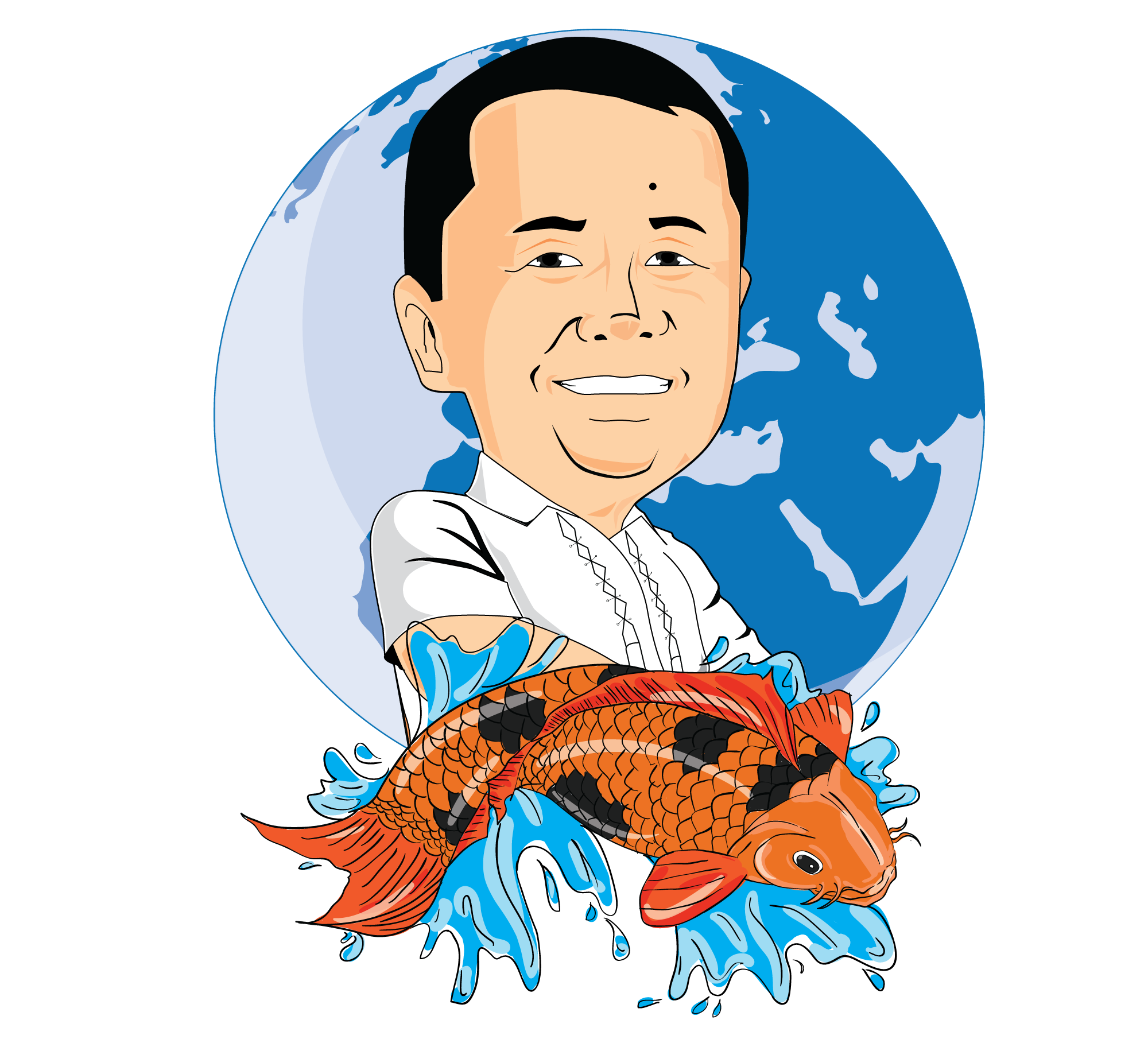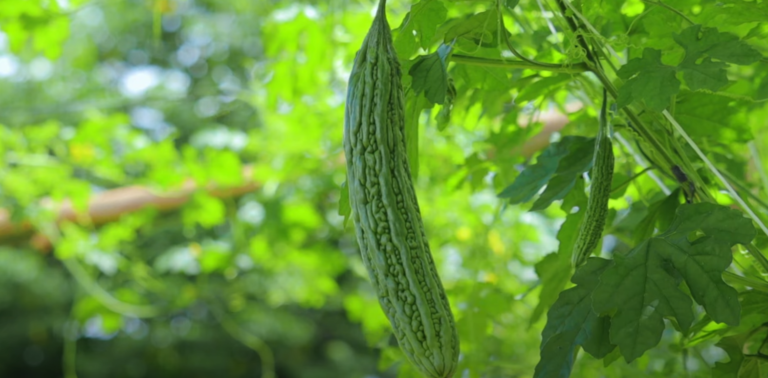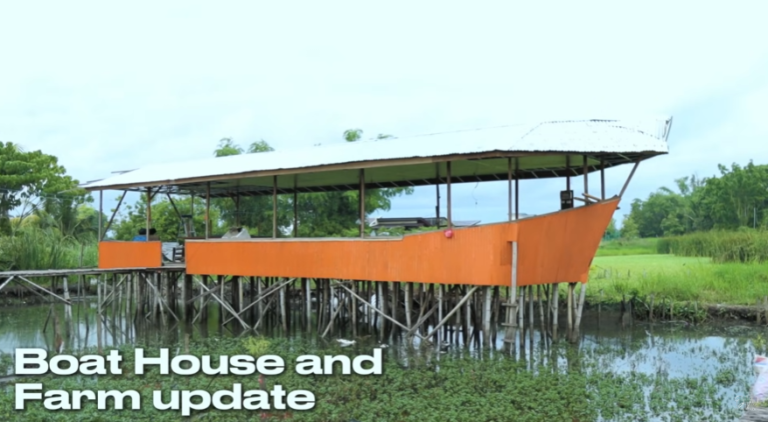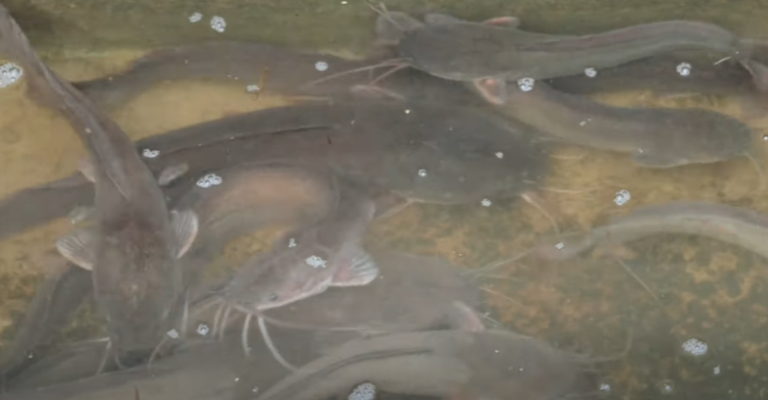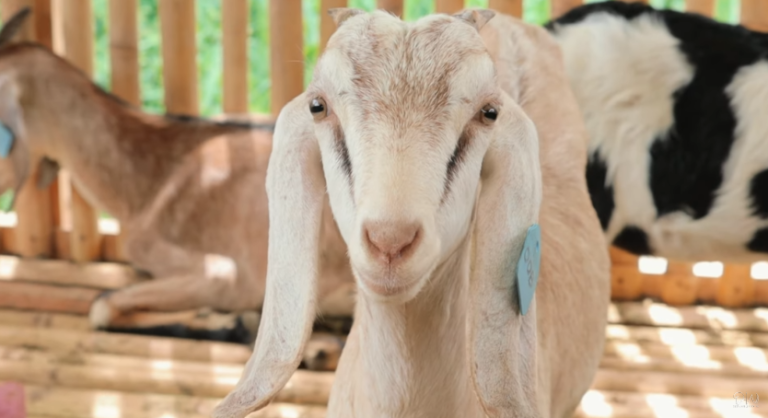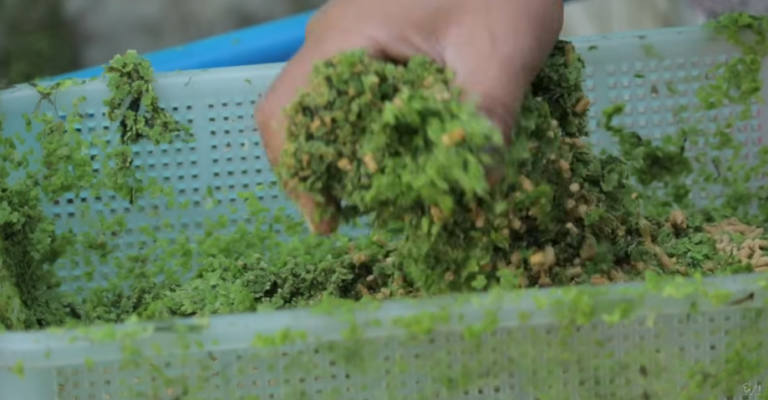Sustainable Farming: The Dexter’s World Approach to Zero Expenses
Hello, fellow enthusiasts and welcome back to Dexter’s World! Today, I’m thrilled to share with you our journey towards achieving sustainable farming with practically zero daily expenses. Our farm’s philosophy centers around utilizing natural resources and innovative strategies to create a self-sufficient ecosystem. Join me as we explore our approach to feeding, breeding, and managing our diverse array of farm animals, including ducks, catfish, and chickens.

Embracing Natural Feeding Methods
One of the keystones of our sustainable farming model is our natural feeding composition. We’ve turned away from costly commercial feeds and instead, we harness the bounty that nature offers. Our feeding mix includes azolla, water spinach, and waste food from local restaurants. This not only cuts down our expenses but also ensures that our animals are getting a balanced, organic diet. The effectiveness of this feeding strategy is evident in the health and productivity of our animals, particularly in the successful breeding and raising of our ducks and chickens.

Duck Breeding Innovations
In our quest to enhance the laying environment for our ducks, we faced a bit of a challenge. Despite creating designated areas for them to lay their eggs, our ducks showed a strong preference for the natural cover of bushes. Taking this as a learning opportunity, we adapted our strategy to align with their instincts. We now provide roofing in selected bushy areas, which has significantly improved their laying comfort and egg production. This approach not only respects the natural behavior of our ducks but also reinforces our commitment to working in harmony with nature.
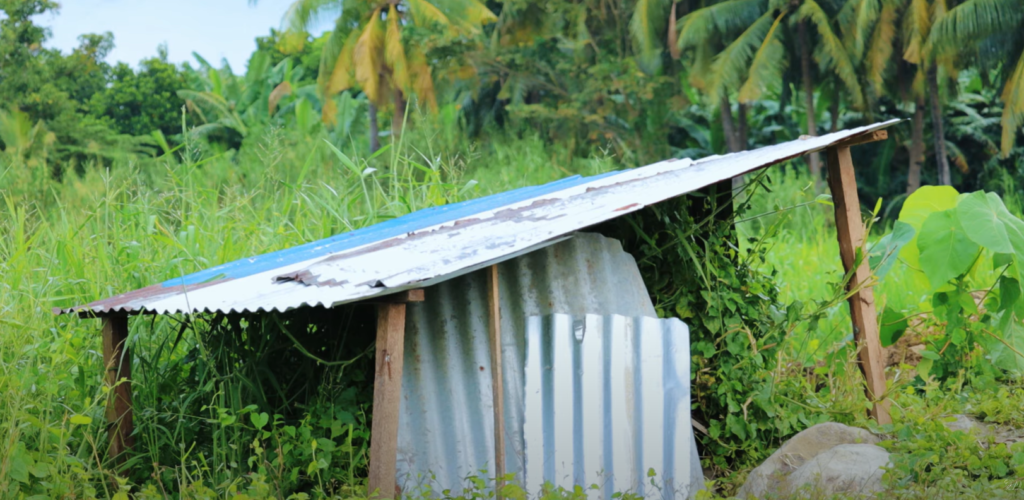
Expanding Catfish Production
Our catfish farming venture has seen remarkable growth, with over 5,000 catfish thriving in our mud pond. The secret to our success lies in creating a conducive environment for the catfish to grow alongside our ducks. By repairing and raising the dykes around the pond, we’ve managed to create a sustainable habitat that supports both our catfish and waterfowl populations. This synergy between different farm animals is a testament to the efficiency and sustainability of integrated farming systems.
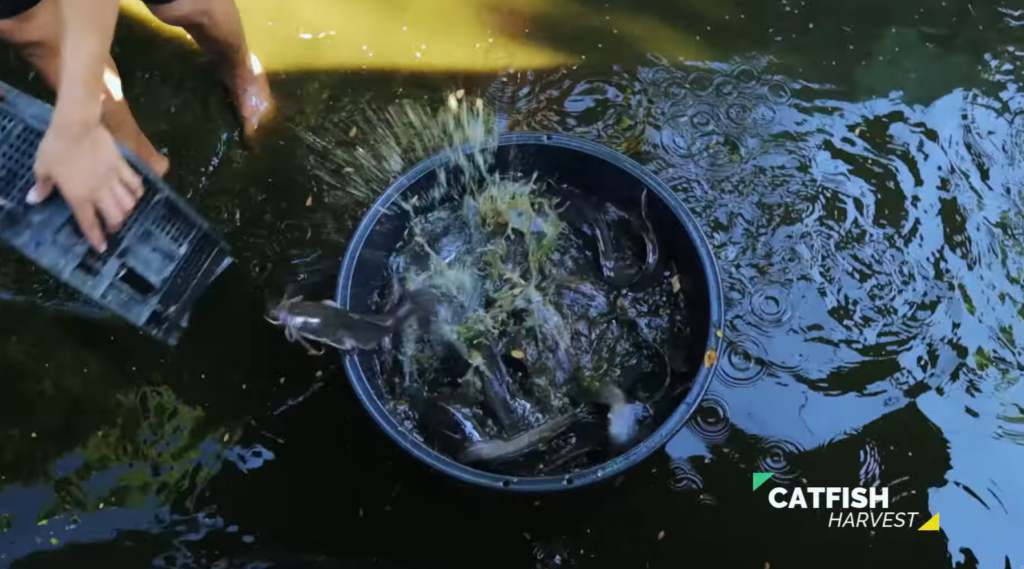
The Role of Infrastructure
A significant part of our sustainable approach involves continuously improving our farm’s infrastructure to support our zero-expense goal. For instance, we’re currently expanding and reinforcing the dykes to accommodate more catfish and potentially introduce tilapia into the mix. Additionally, we’re exploring efficient ways to incubate the eggs of our native chickens, considering the acquisition of a small, energy-efficient incubator to reduce electricity costs further.
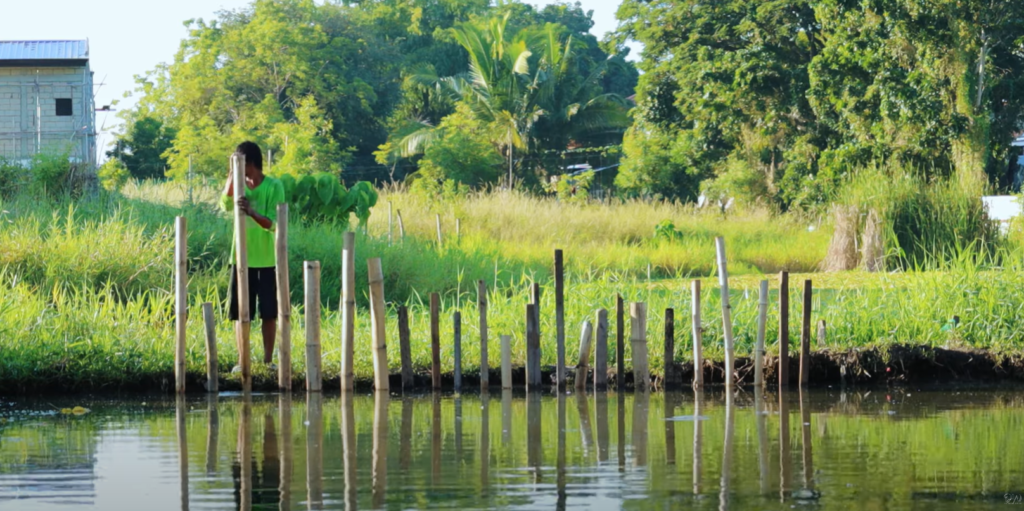
Looking Ahead
Our journey towards sustainable farming and zero daily expenses is an ongoing process of learning, adapting, and innovating. We’re excited about the future prospects of opening our farm to the public, where visitors can engage with and learn from our sustainable practices. Feeding animals, experiencing the farm life, and understanding the importance of eco-friendly farming are just a few of the activities we plan to offer.
If you’re passionate about sustainable farming, or simply curious about our journey, consider subscribing to our channel. Your support motivates us to keep sharing our experiences, challenges, and successes in creating a self-sufficient farm that thrives in harmony with nature.
Thank you for joining me today, and I look forward to welcoming you back to Dexter’s World, where we continue to explore the endless possibilities of sustainable farming. Together, let’s make the dream of a zero-expense farm a reality.
